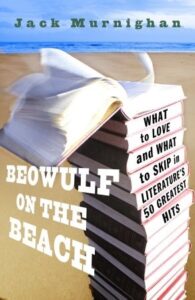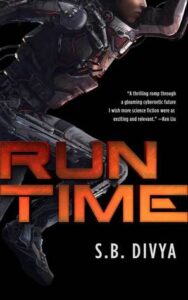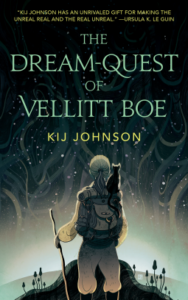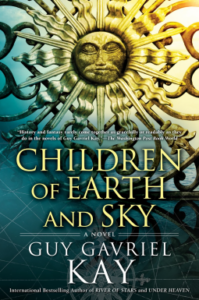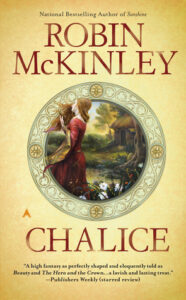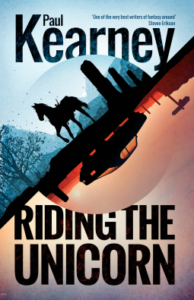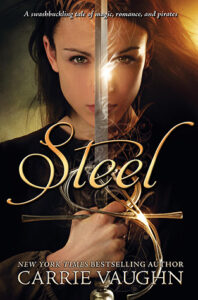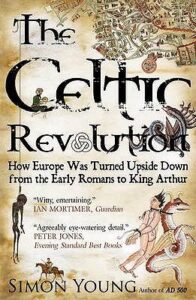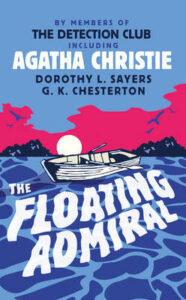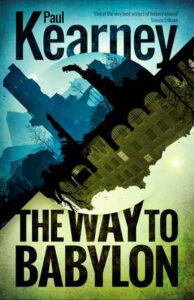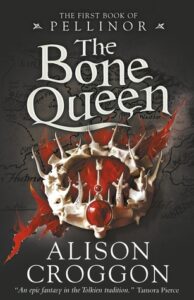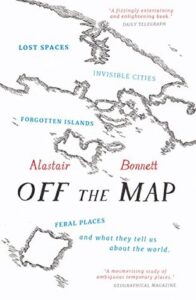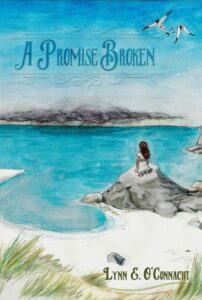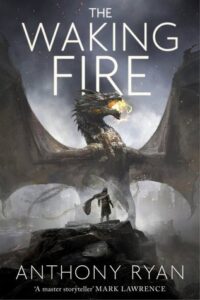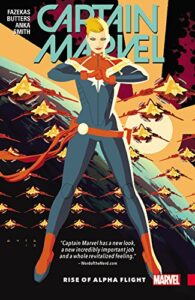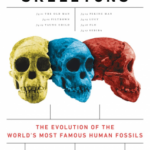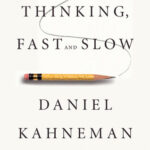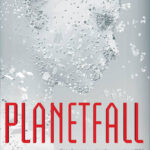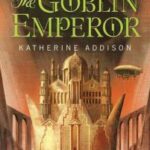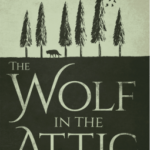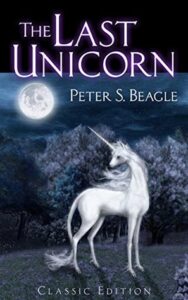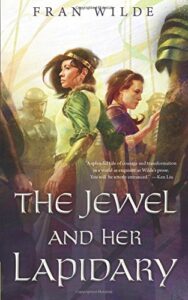 The Jewel and Her Lapidary, Fran Wilde
The Jewel and Her Lapidary, Fran Wilde
I was pretty excited to read this Tor.com novella, particularly because of all the good things I’ve heard about Wilde’s debut novel. I found it a little too compressed, though, and confusing because of it; there’s a lot going on, with a whole new fantasy world, a magic system without a proper tutorial so that you’re never quite sure of the rules and limits, and a lot of characters who are sometimes referred to in different ways depending on the POV characters’ relationships to them — and that’s not to even mention the clearly-much-later-than-the-story tour guide extracts, which add another layer.
It all makes for a pretty fascinating world; that’s not the problem. The problem is that it doesn’t feel novella-sized. I feel like we needed to know Lin before the disaster, know something of the magic, before we could really appreciate what happened and how Lin dealt with it. Her actions clearly have enormous meaning to her, but to us they’re confusing — is it symbolic, or is there something magic going on? Or both?
I would’ve enjoyed seeing this as a full-length novel, I think; it just felt too rushed as a novella. There’s some lovely imagery and fascinating ideas, but it’s so breathless. I’m still interested in reading Wilde’s debut novel, though: maybe with more space, her ideas will be expanded on. And the ideas definitely aren’t the problem.

